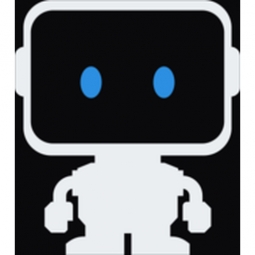DataRobot
Case Studies
Teaching Predictive Analytics at the University of Colorado
Overview
 |
Teaching Predictive Analytics at the University of ColoradoDataRobot |
Analytics & Modeling - Predictive Analytics Application Infrastructure & Middleware - Data Exchange & Integration | |
Education | |
Product Research & Development | |
Predictive Maintenance Predictive Quality Analytics | |
Data Science Services | |
Operational Impact
| The use of DataRobot and Alteryx in the classroom has helped overcome the challenges of teaching predictive analytics. | |
| DataRobot has proven to be a useful tool in teaching predictive analytics, as it provides automatic algorithm-specific preprocessing, understanding of algorithms, and automatic evaluation and selection of algorithms. | |
| Alteryx has been effective in preparing data for predictive analytics, providing a workflow-based process with tools for data access and transformation, predictive analytics, geographic evaluations, and customer data access. | |
Quantitative Benefit
| DataRobot outperformed a PhD student's predictive analytics task by a factor of two in one hour. | |
| The use of DataRobot and Alteryx has made A-Z analytics easy enough for any undergraduate to perform in line with all but the best data science competitors. | |
| The goal with DataRobot is to create two-hour analysts: workers who can take a rectangular matrix, conduct predictive analytics, and create a presentation for management, all in the space of two hours. | |


